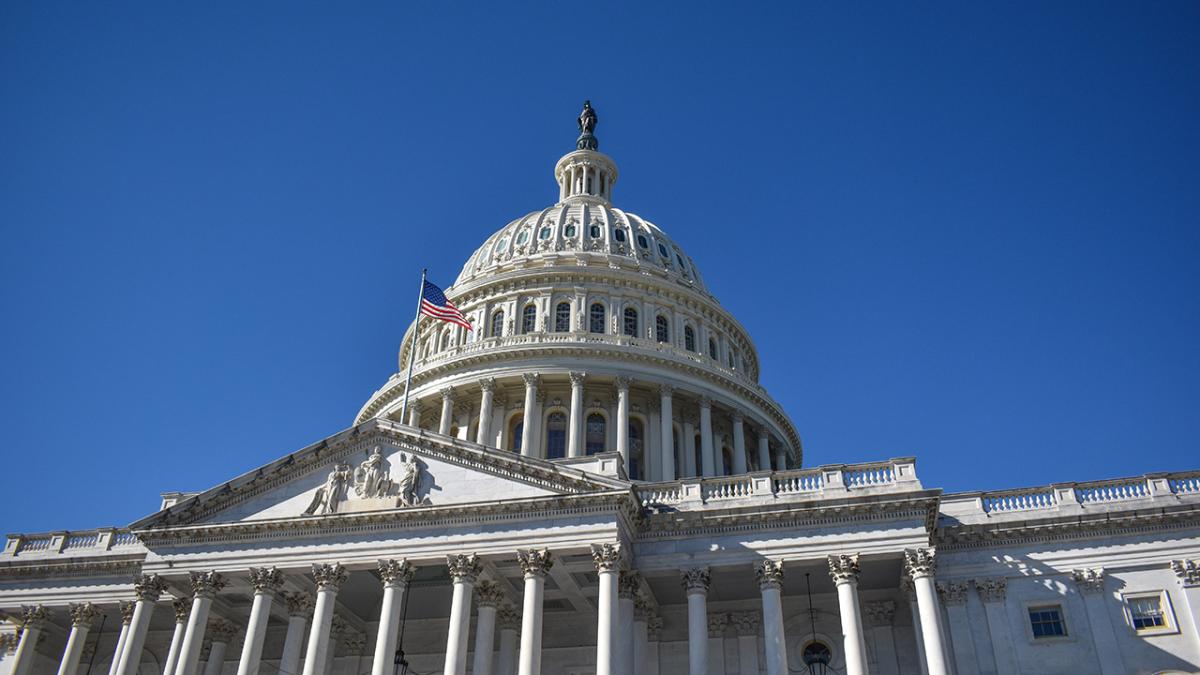Adobe Stock.
This column was published online by Nebraska Farmer on June 6, 2024, and will appear in the July print issue. It is excerpted here with permission.
The House Agriculture Committee reported a farm bill out of committee after a marathon session on May 23 that stretched past midnight into early May 24.
The committee meeting was an endurance event with the majority holding off major amendments from the minority before passing a bill largely intact as introduced. And committee passage is only the first step on a long road to a new farm bill.
But even the path to get to this point seems like a marathon — the long delay and legislative efforts last year just to extend the existing bill and the debate to this year seem a bit like the long time and number of steps that a runner in the pack in a large marathon must take just to get to the starting line.
Several revisions
The farm bill that passed through the House Agriculture Committee includes several revisions that would strengthen the farm income safety net for producers, including higher reference prices for the Price Loss Coverage program, higher protection levels for the Agriculture Risk Coverage program, and higher subsidy and protection levels for the Supplemental Coverage Option insurance policy.
The bill would also increase long-term funding for the broad portfolio of conservation programs and make other changes to federal farm policy, including some expansion of food assistance programs.
Of course, the revisions come with costs, and in the current budget framework of pay as you go, the funding comes from cuts or budget offsets in other parts of the bill. The proposed cuts are where most of the debate and partisan divide occurred among members of the ag committee.
The bill proposes a substantial cut in projected spending for the Supplemental Nutrition Assistance Program, the primary food assistance program included in the farm bill. The proposed cut is not so much a cut in current benefits as it is a reduction in potential future increases in benefits because of future adjustments in something called the Thrifty Food Plan.
The Thrifty Food Plan is revised periodically to reflect what households are purchasing and eating as a basis for calculating SNAP benefits. Benefits are already adjusted for inflation, so food plan revisions might not be expected to have major cost impacts, but the revisions enacted by the current administration after the 2018 Farm Bill added more spending to the SNAP program than the rest of the farm bill combined.
Resulting debate has been characterized as an attempt to control runaway program costs by one side and an attack on benefits for the food insecure by the other side.
Continue to read the full column via Nebraska Farmer ...


